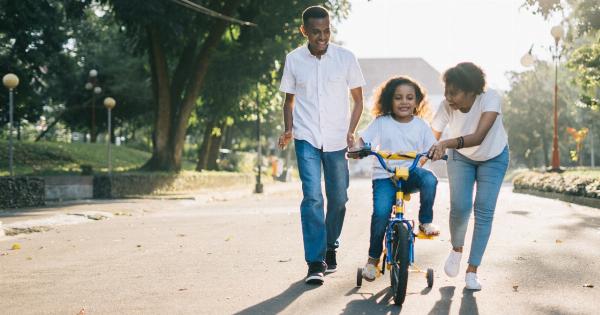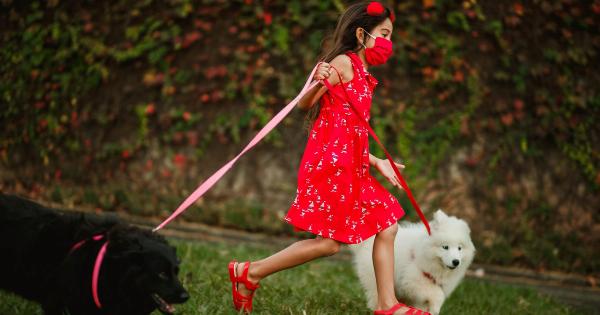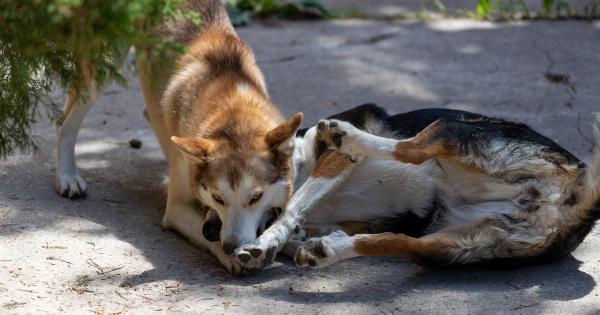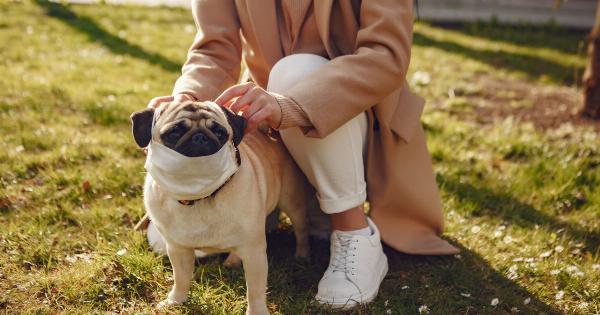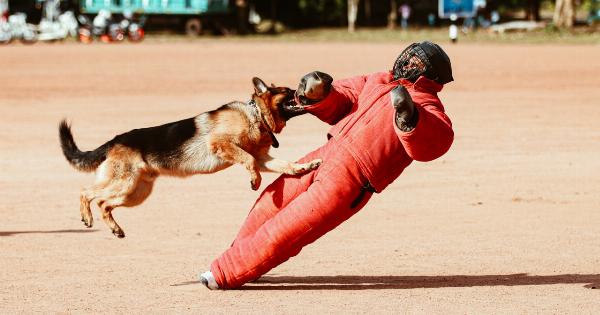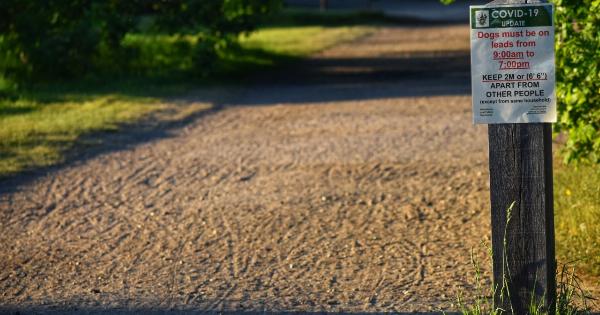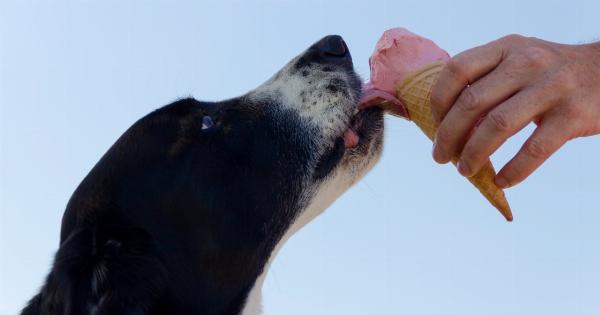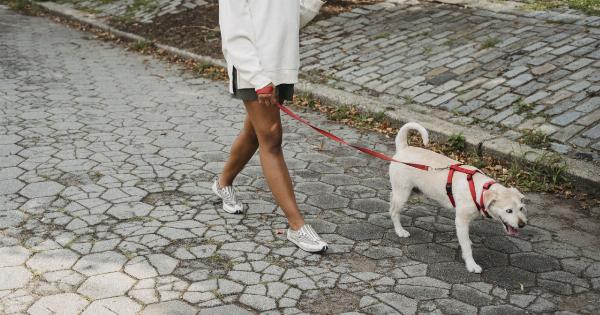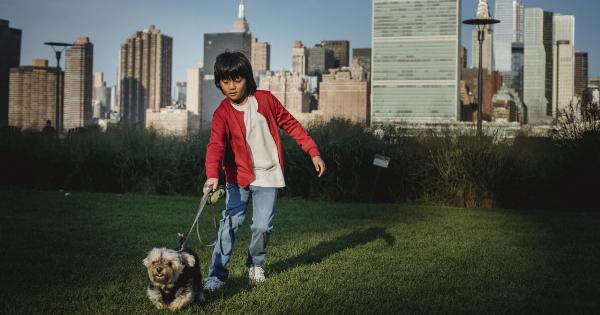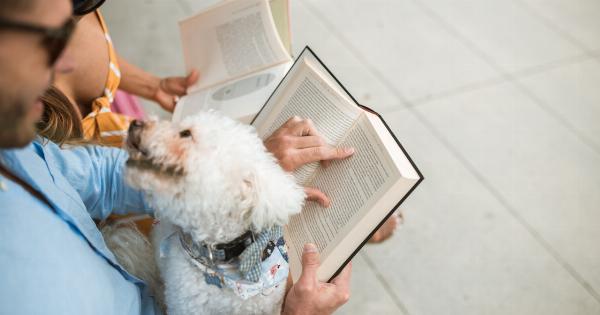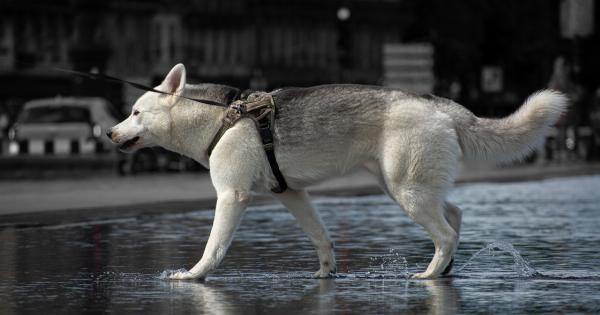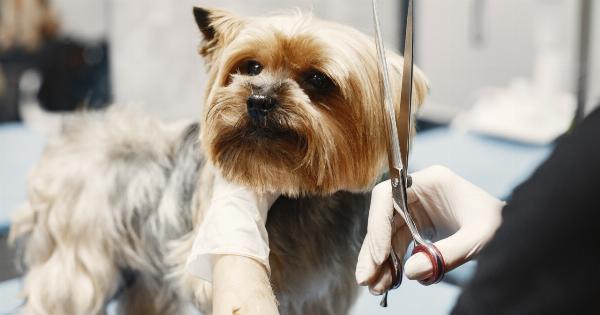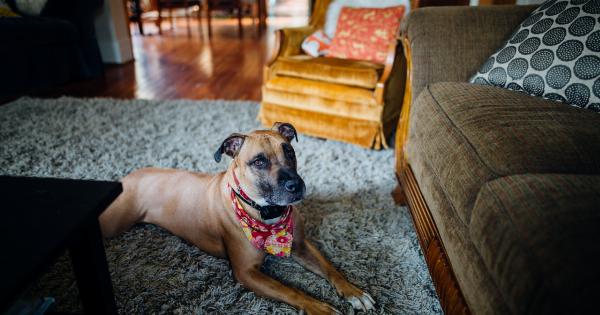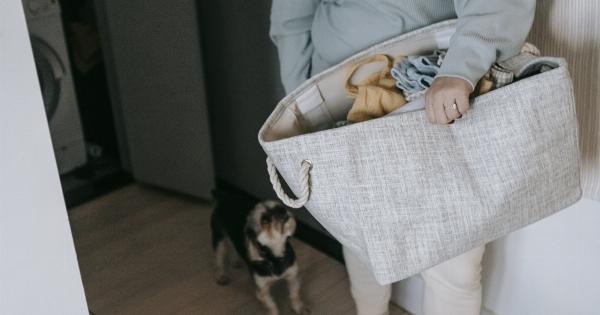If you have kids who love dogs or you are considering getting a dog for your family, it’s important for them to learn how to handle dogs in a safe and responsible manner.
This is especially important if the dog is an unknown pooch, meaning it is not a family pet or the child does not have any prior experience handling the dog.
In this article, we’ll look at some tips for educating kids on safe handling of unknown pooches.
1. Teach Kids to Ask for Permission
The first thing kids should learn is to ask for permission before approaching a dog. They should not assume that every dog is friendly, or that the owner is willing to let them pet the dog. Kids should ask the owner for permission before petting the dog.
They should also ask if the dog is okay with kids or if there are any special instructions for handling the dog.
2. Know How to Approach a Dog
When approaching a dog, it’s important to do so in a calm and non-threatening manner. Kids should approach the dog from the side, avoiding direct eye contact or standing directly in front of the dog.
They should also avoid reaching out to the dog, as this can be seen as a threatening gesture.
Instead, kids should offer the back of their hand for the dog to sniff. This allows the dog to get a sense of the child’s scent and helps the dog to feel more comfortable with the child.
3. Understand Dog Body Language
Another important element of safely handling dogs is understanding their body language. Kids should understand that dogs communicate with their bodies and use different postures and facial expressions to show their emotions.
For example, a wagging tail is generally seen as a sign of happiness, while a stiff tail or tense body posture can indicate that the dog is feeling anxious or scared.
If a dog is growling, baring its teeth, or showing any other signs of aggression, kids should stay away and tell an adult immediately.
4. Avoid Hugging Dogs
While it may be tempting for kids to want to hug a dog, this is generally not a good idea. Dogs may feel trapped or threatened by a hug and could respond with aggressive behavior as a result.
If kids want to show affection to a dog, they can do so by petting the dog in a gentle and non-threatening manner.
5. Don’t Approach Dogs While They are Eating or Sleeping
Just like humans, dogs can be protective of their food and may lash out if they feel threatened while eating. Kids should never approach a dog while it is eating, as this can be seen as a threat to the dog’s food source.
The same goes for approaching a sleeping dog. Dogs can be startled when woken up suddenly, and they may respond with aggression. Kids should give sleeping dogs plenty of space and avoid waking them up.
6. Stay Calm Around Dogs
Dogs have an amazing ability to sense the emotions of those around them. If a child is feeling anxious, scared, or excited around a dog, the dog is likely to pick up on those emotions.
Kids should try to stay calm and relaxed when around dogs, as this can help the dog to feel more comfortable and less likely to respond with aggressive behavior.
7. Never Taunt or Tease Dogs
One of the most important things kids can learn about handling dogs is to never taunt or tease them. This can be seen as aggressive or threatening behavior and can cause the dog to respond in kind.
Kids should also avoid pulling a dog’s tail or ears, as this can be painful for the dog and can cause the dog to become aggressive.
8. Know How to React to an Aggressive Dog
Despite everyone’s best efforts, there may still be times when a child comes into contact with an aggressive dog. In these situations, it’s important for kids to know how to react.
If a dog is growling, baring its teeth, or showing any other signs of aggression, kids should remain calm and still. They should try to avoid direct eye contact with the dog and slowly back away.
If the dog continues to approach, the child should try to put an object (like a backpack) between themselves and the dog.
If a child is bitten by a dog, they should tell an adult immediately and seek medical attention if necessary.
9. Practice Good Hygiene
In addition to learning how to handle dogs in a safe manner, kids should also practice good hygiene when interacting with dogs.
This includes washing their hands thoroughly after petting a dog, avoiding putting their hands in their mouths or eyes after touching a dog, and avoiding contact with a dog’s waste (like poop or urine).
10. Always Supervise Playtime
Finally, it’s important for parents to always supervise their child’s playtime with dogs. Even if a dog is well-behaved and friendly, accidents can still happen.
Parents should make sure that their child is following all the safety rules when handling dogs and step in if anything seems unsafe or inappropriate.
By following these tips, kids can learn how to handle unknown pooches in a safe and responsible manner. This can help to prevent accidents and ensure that both the child and the dog have a positive experience.

